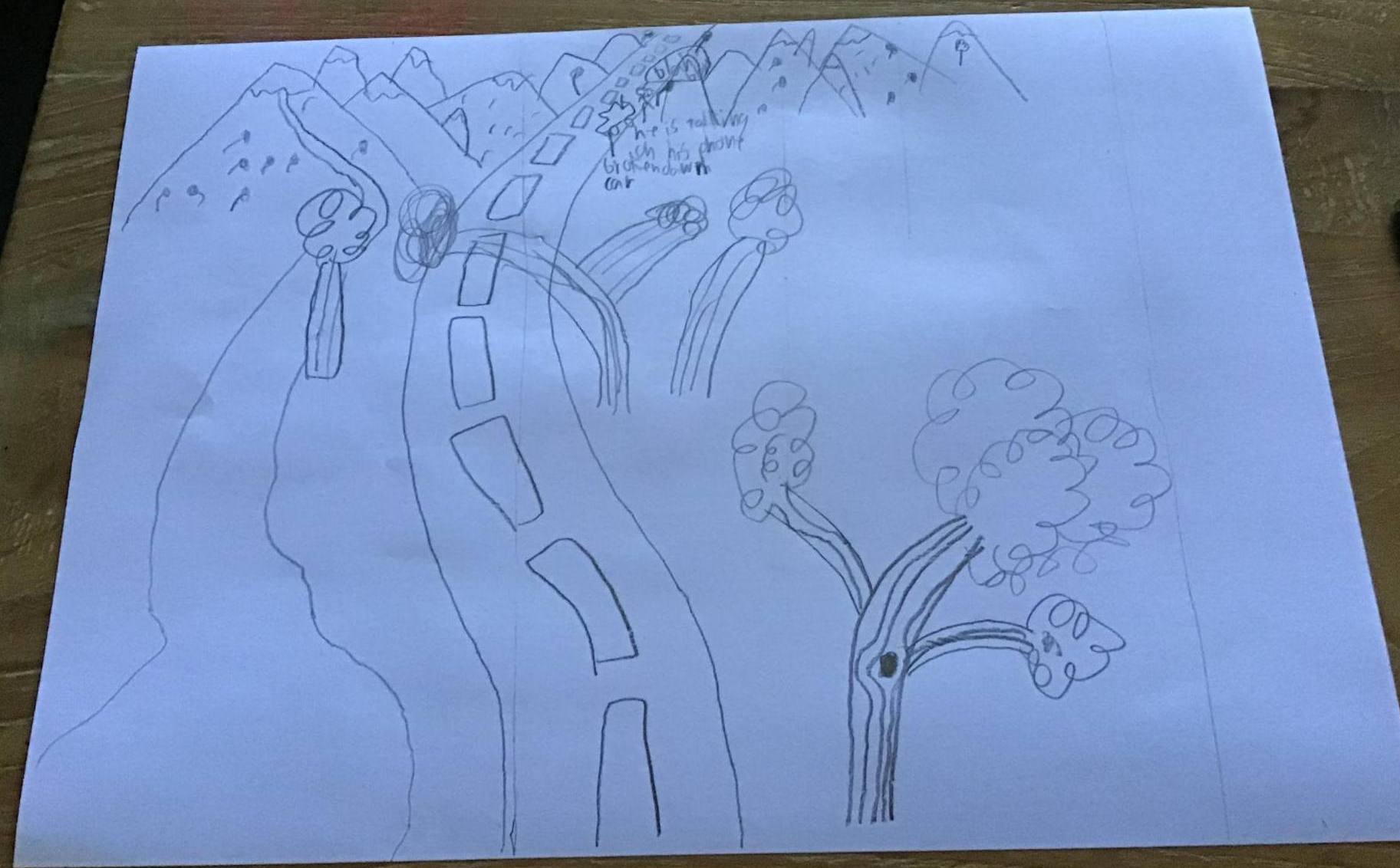Primary eNews – September 18th, 2020
Grade 3’s Beliefs & Values Unit
By Heather McNaughton – Grade 3 Teacher
Our first unit of the year in Grade 3 is all about our beliefs and values and how they are an important part of who we are. So far, we have focused on many aspects of the inquiry cycle: here is how we ‘tuned in’ to the unit – a padlet is our online way of making a ‘sticky note’ brainstorm chart with our ideas.
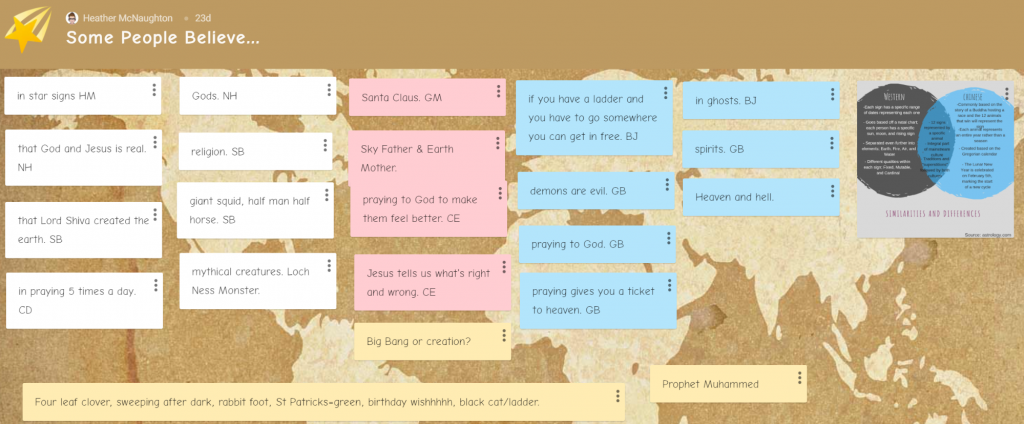
The students continued the inquiry process by designing their own questions about the topics that they wished to inquire into. Here are some of their juicy questions!
- Why is the Chinese zodiac based on animals?
- What religion is the biggest in the world?
- Why is the Western zodiac based on star signs?
- How many religions are there?
- Do all religions pray?
- What if there were no Gods?
- Do we have to believe a religion?
- What is the difference between religion and tradition?
- Why do religions exist?
- What happened before God?
As the students moved further into the unit, they were able to make connections between subjects and use technology to share information as part of the ‘finding out’ and ‘sorting out’ phases. They responded to a range of Seesaw tasks related to our unit in Language A&B Indonesian, Music, Indonesian Studies and Library. Here are some examples:
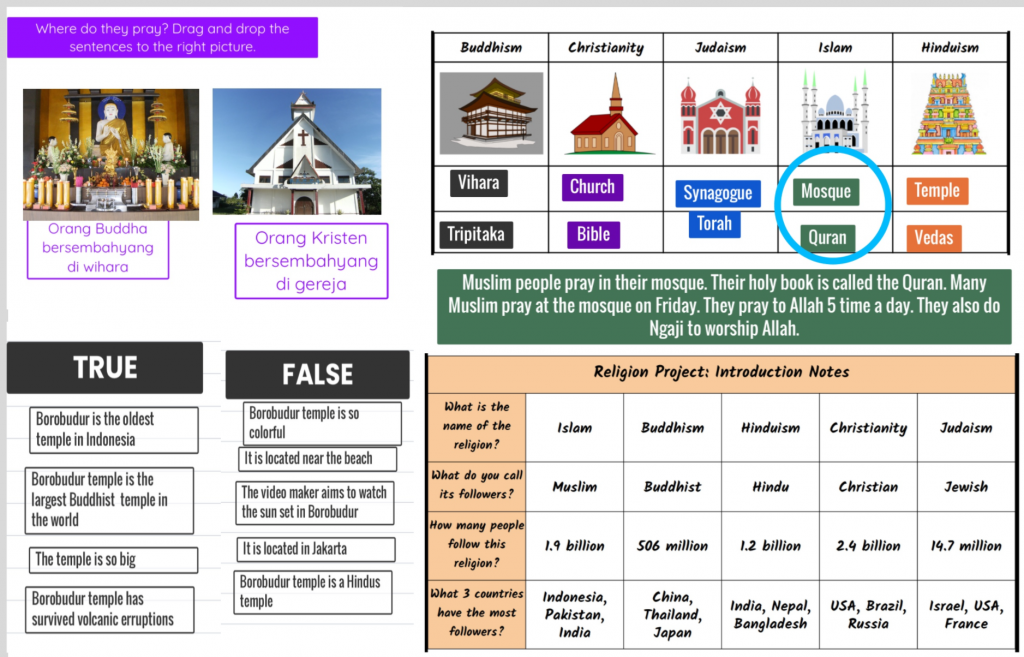
Our students have demonstrated a very high level of skill over the past few weeks in terms of using apps to manage and demonstrate their learning. They have used Google Sheets to keep track of their Distance Learning checklists, Q-Files to research facts about religions, Seesaw and Google Slides to present their research projects, Gmail to connect with their teachers and accept Zoom Calendar invitations!
One of the most important aspects of this unit is for the students to understand that there are many similarities among beliefs – the main thing that we have discovered is that many of the world’s religions have the same Golden Rule, which is to treat others how you want to be treated. Here is a poster that describes the different Golden Rules. Next week we will finish off our unit by creating our own Golden Rules!

Grade 4: Exploring the Key Concept Perspective through Visual Arts
By Kristen Turner – Grade 4 Teacher
During our Sharing the Planet unit, Grade 4 have been exploring topics through a “perspective” lens – what are the different points of view?
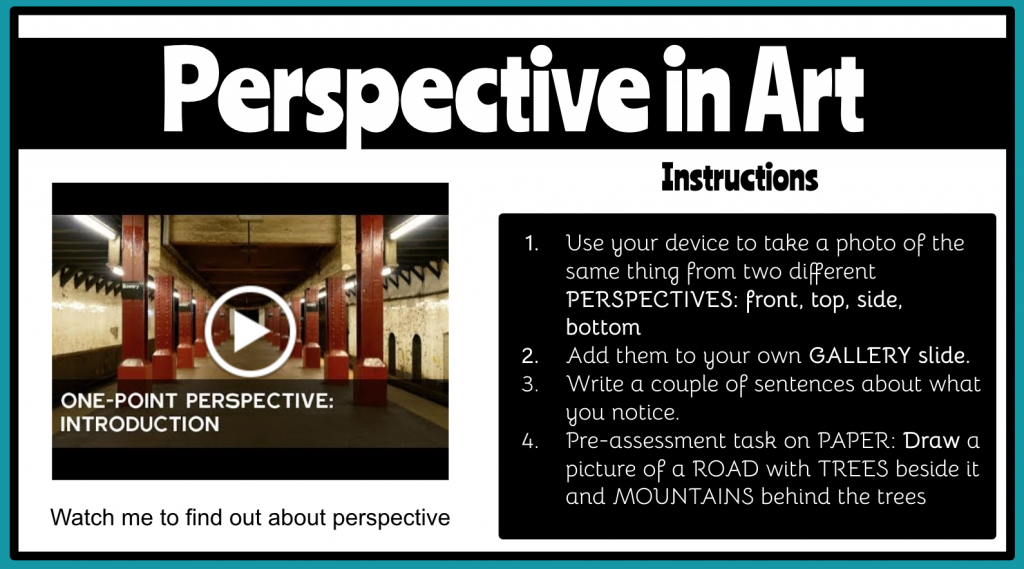
We have practised formulating opinions and sharing knowledge from different points of view in literacy and were wondering what perspective would look like when creating and appreciating art.
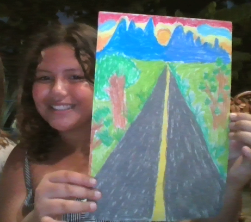
We started by finding out our own understanding through a pre-assessment task. Students were asked to draw a road, with trees beside the road and mountains behind the trees. We had a variety of perspectives and points of view.
Students then worked with a flipped classroom model to view an instructional video to get clues and pointers before starting an independent drawing task. Students tuned into one point perspective by asking the question “What is a vanishing point?” and “Where do I notice it in the world around me?”
We will continue to inquire into perspective in art this coming week. Watch this space for more.
Counseling
By Sharon Gibbons – Counselor
A relaxing and straightforward tool for children to have in their toolbox is to create a painting using the weather as a metaphor for their feelings. Adults sometimes ask children to feel differently than they do or change their feelings to one that works better for adults in the room. The idea with this painting is the children accept how they feel, much in the same way we accept the weather. We check the weather and then adjust our thoughts and actions to experience the weather more fully. “Perfect. It’s raining, so I will use the day to catch up on missing work and read a book.” With feelings, “I’m furious, so I will skateboard to blow off steam before I talk with my sister about what she did.”
How can you support the process of painting their feelings?
First, have them label their feeling using a chart like the one below.
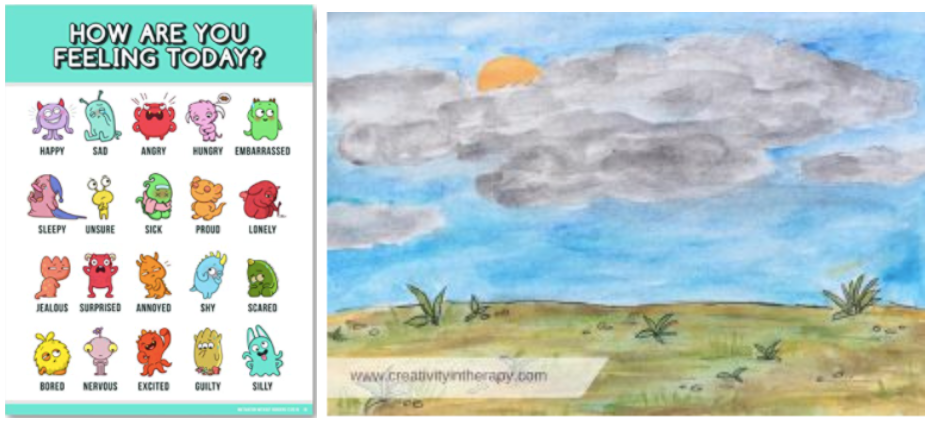
Then chat with them about how they could show those feelings with the weather. For example, if they are sad, maybe they use gray clouds, or if children are happy, they might use a rainbow with a big sun above. In one class, children will describe the same feeling with totally different representations of the weather, so don’t be surprised if their choices are not in line with your thinking.
Lastly, set them up in a space for painting and let them go for it. You don’t have to have in-depth conversations about the artwork; just let them spend time experiencing and expressing the labeled feeling.

